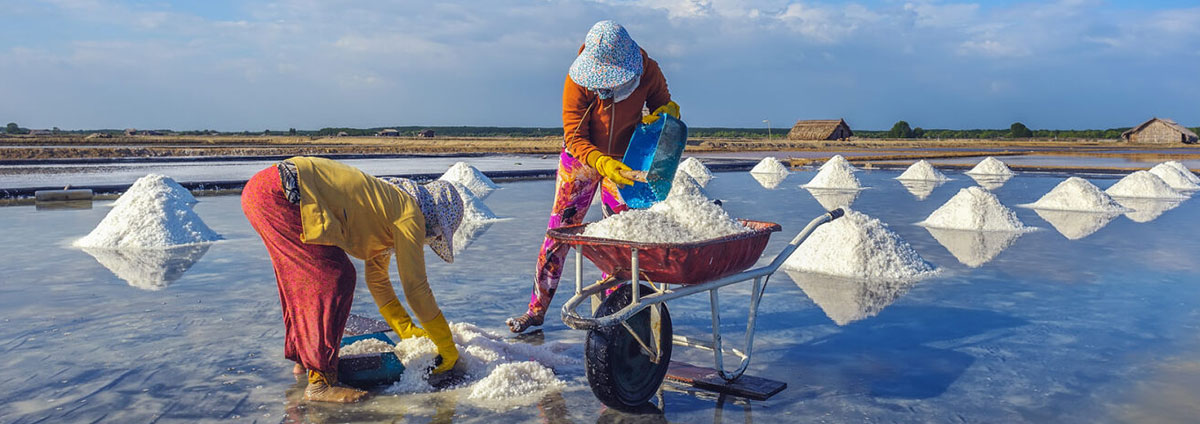Methodology for Determining Risk Information

Where our data comes from
Our risk information derives from a wide variety of data, including:
- global production and trade flows;
- research reports on human trafficking, including forced labor, and/or child labor associated with the production of goods and the provision of services; and
- information about countries where trafficking-related risks and cases have been reported in a particular sector.
Visualize Risk Map
The data underpinning the “Visualize Risk” map, highlighting countries with risk of forced labor and child labor in the production of goods and/or provision of services, are drawn more narrowly from authoritative United States government sources. Specifically, it depicts data from the U.S. Department of State’s Office to Monitor and Combat Trafficking in Persons’ annual Trafficking in Persons Report, as well as the List of Goods Produced by Child Labor or Forced Labor, published and maintained by the U.S. Department of Labor’s International Labor Affairs Bureau. The map is intended to illustrate countries where a risk of forced labor and/or child labor has been reported by these sources; it does not represent an exhaustive or determinative list of all countries where these abuses occur. As it seeks to represent risk rather than prevalence or incidence, the map also cannot differentiate between relative levels of risk. Given the challenging nature of studying labor rights abuses, particularly abuses such as forced labor, it is important to consider that gaps in country-based data may, in many cases, reflect a lack of authoritative research rather than a lack of risk. Please note that the Population and Country-based Indicators presented for each country were last updated between 2019 and 2021, depending on the indicator. These indicators will be refined and updated in 2024.
Child Labor
Given data limitations, it is necessary to examine other indicators of risk related to human trafficking. One key indicator of risk is the incidence of child labor. Child labor is not synonymous with forced labor. Child labor can vary considerably from sector to sector, country to country, and household to household. For the purposes of helping website users understand risk; however, child labor is a useful factor for evaluating potential risk of trafficking in a country or supply chain, given that the drivers for both may be similar in some contexts, such as demand for cheap, exploitable, unskilled labor; poverty; unequal access to education; and exclusionary social attitudes based on caste, gender, immigration status, or ethnicity. In short, the description of child labor risk associated with commodities on this website should not be used exclusively to evaluate the risk of human trafficking in a supply chain, but rather to provide additional context and information.
Country Profiles
The country profiles on this website provide information about key demographic, economic, labor force, and socio-political conditions. In addition to a narrative report on the country’s human trafficking situation, the graphics present information on factors like corruption, poverty, unemployment, migration rates, civil liberties, and union rights that provide important insights into the conditions and structures of a society that may be associated with risk of human trafficking, as well as other forms of labor exploitation.
Service Sectors
In the case of service sectors such as hospitality, healthcare, facilities services, and transportation and warehousing, data underpinning the map visualization is drawn primarily from the U.S. Department of State’s Trafficking in Persons Report, as the U.S. Department of Labor’s List of Goods Produced by Child Labor or Forced Labor focuses on risk in the production of goods rather than in service delivery. Where possible, we have made efforts to link risk in the production of goods with relevant sectors – such as categorizing risk in the production of medical equipment under risk in the healthcare sector.
Limits
All data and analysis on this website are meant to introduce users to issues and risks associated with human trafficking and encourage users to further explore the issues. The resources and tools on this website are not meant to be exhaustive or determinative.
Risk information and reports will be updated on a periodic basis.
Verité hosts this website and invites suggestions, feedback, and questions.
